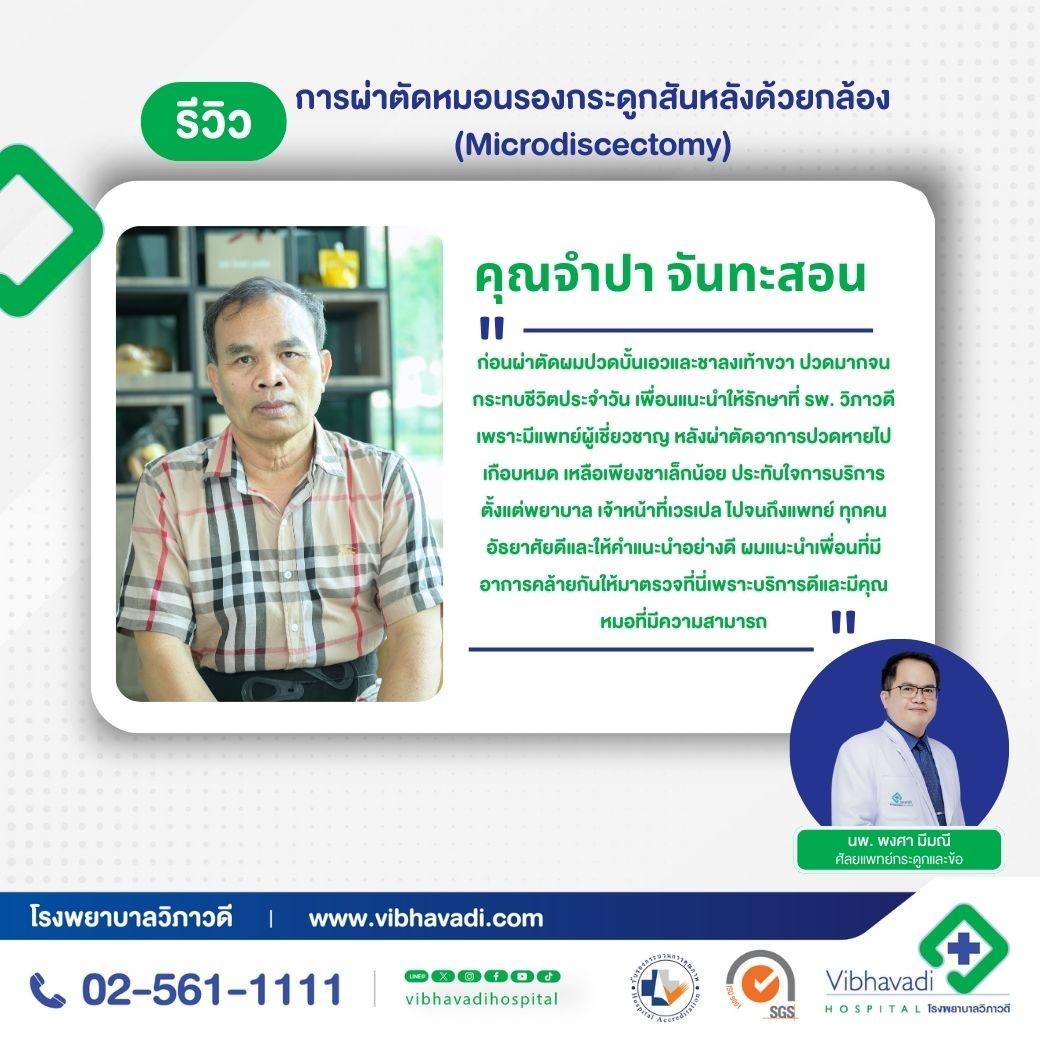Ankylosing Spondylitis
Ankylosing Spondylitis
Spondylitis – Symptoms, Three Causes, and Prevention
What is Ankylosing Spondylitis?
What is AS?
Ankylosing spondylitis (AS) is a chronic inflammatory disorder of the spine. If left untreated, it can cause new bone to form in the spine and joints, resulting in the fusion of the spine and hip joints and causing a hunched back and decreased spine flexibility.
Ankylosing spondylitis is much more common in males than females, with the ratio being roughly 10-20 to 1. Those most likely to be affected are within the age range of 20-30 years. Unfortunately, there is currently no cure for this condition, but there are ways to alleviate symptoms and stop it from progressing further.
Symptoms of Ankylosing Spondylitis
Symptoms
Early symptoms of Ankylosing Spondylitis may include intense pain in the lower back and hips, especially in the morning after waking up, and when sitting in the same position for a long time, there may be neck pain and fatigue, as well as a lack of energy. These symptoms may fluctuate from time to time, and even disappear from time to time. Prolonged inflammation of the spine can cause calcium deposits to form, connecting the vertebrae together and making the back stiff and unable to bend. In some cases, the ribs may fuse together, making it difficult to breathe. Other joints, such as the knee and hip joints, as well as tendons like the Achilles tendon and plantar ligament, may also become inflamed. In extreme cases, when inflammation has been present for a long time, other symptoms outside of the joint system, such as pneumonia and heart inflammation, may be present.
Symptoms of Ankylosing Spondylitis
- Back pain
- Back pain is the most common symptom of ankylosing spondylitis, and exercise may provide some relief. However, the pain may return or worsen, especially in the mornings after waking up and during sleep. Tension pain may become so intense that it disturbs the patient's sleep.
- Hip pain
- Arthritis
- Arthritis can affect the entire spine as well as hips and knees
- Joint pain after movement
- Joint weakness
- Swelling and tingling in the inflamed area
- Neuritis
- Pain caused by inflammation in the bone that attaches to the tendon.
- The upper tibia, heel, and ribs connecting to the sternum can be affected. If there is a problem with the ribs, the person may feel chest pain and find it difficult to take deep breaths.
- Fatigue
- People who have ankylosing spondylitis and have not received treatment may experience fatigue, which can make them feel exhausted and lacking in energy.
Cause
The cause of ankylosing spondylitis remains unknown, though a person's genetics may play a role in increasing the risk of developing this condition. The HLA-B27 gene, which is more common in males, has been linked to a higher risk of ankylosing spondylitis. However, just because someone has this gene does not mean they are guaranteed to develop ankylosing spondylitis.
When should I consult a doctor?
Patients should visit their doctor if they experience lower back and hip pain, particularly if it is severe enough to affect their daily life. Ankylosing spondylitis can also cause eye redness, inflammation and light sensitivity, in which case medical attention should be sought immediately. The doctor will take a medical history and perform a physical exam, as well as using radiography to diagnose the condition. This is especially useful in cases where inflammation and joint fusion of the sacral bone and spine are present.
Treatment
Treatment and Prevention
Ankylosing spondylitis is currently incurable, but you can take steps to manage your symptoms and prevent them from worsening. The current recommended treatment plan is as follows.
Exercise
Physical exercise is extremely crucial. It can assist in adjusting posture, spinal joints, and one's personality. Movement from exercise can help avoid joint tightness and spinal pain. Physical therapy can be done by stretching or playing other sports such as swimming and should involve changing postures often. Keep the back straight when sitting, standing, and walking. When lying down, do so on a hard surface and not on your side. Avoid using high pillows.
Medication
Your doctor will usually prescribe painkillers to provide relief from pain and inflammation, enabling the patient to be more active and exercise more. Currently, there are medications available to manage the symptoms of the ailment, but they are costly, and they come with the risk of long-term side effects, with no guarantee of a cure.
Surgery
Ankylosing spondylitis typically does not necessitate surgery. However, for severe cases, your doctor may advise hip or knee replacement surgery to facilitate more effortless movement.
Department of Surgery and Orthopedics, Vibhavadi Hospital















